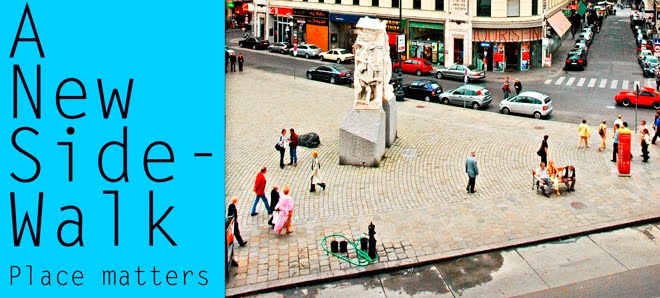I'm a member of a photography group that went on a Saturday outing to Tampa recently. I was happy the event organizer suggested we use the TECO Streetcar to get around town. I had not previously ridden Tampa's electric streetcar system. (TECO = Tampa Electric Company but the TECO Streetcar is operated by a not-for-profit corporation).
Many urban areas have a similar trolley or streetcar system, and those that don't should. I still have fond memories of a family vacation to San Francisco in 1984: The city's famous cable car system had just resumed operation after a two-year restoration project and riding the cable cars over the city's hills was a highlight of the trip.
In the case of the TECO Streetcar, the streetcar took us a distance of about 2.5 miles through Tampa. The one-way fare is $2.50, which is a little steep but an all-day fare is $5. The drivers were friendly and helpful. The cars were air-conditioned; our entire group found that a blessing in Florida's blistering summer heat.
A few thoughts based on my first TECO Streetcar experience and my ongoing experience with Tampa Bay Area transit:
- There are three streetcar routes through the urban areas of Tampa. The route coverage is good; it links downtown offices with historic Ybor City and the Channel District (also known as "where the cruise ships dock"). Shopping, hotels, museums and restaurants are easily accessible.
- One down side to the streetcar routes is that one is the TECO Streetcar and the others are In-Town Trolleys operated by HART (Hillsborough Area Regional Transit). The schedule and fare structure for the TECO line are different from the HART trolley lines. I find this a little confusing, and the HART trolleys have fairly restrictive schedules.
- Relating to the various fare structures, this is a great idea from the San Francisco Bay Area: One fare card that will soon operate on all area transit agencies. I would love see this in the Tampa Bay Area. It's true, there is a one-month unlimited use pass that applies to both Pinellas and Hillsborough County transit agencies. But I found this a little difficult to locate on HART's web site, and I would like to see more options beyond just the one-month pass. I suspect it's just a matter of time.
- Google's trip planner apparently does not include the streetcar. I'm not sure why, maybe because the streetcar schedule is not as comprehensive as a conventional bus or rail system. It's still a disappointment to know trip planner is not giving us every option.









